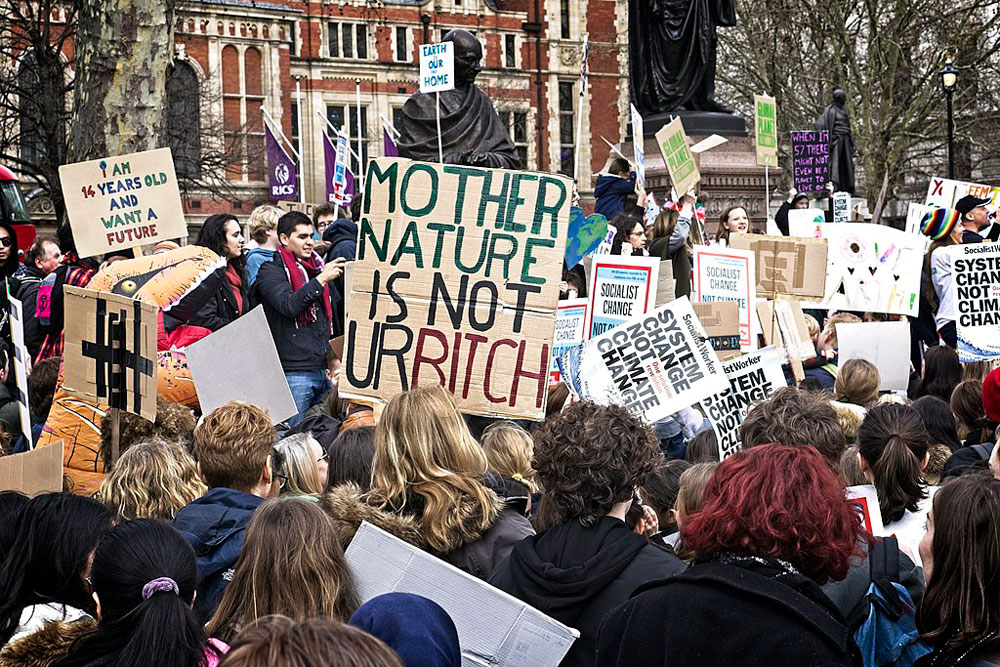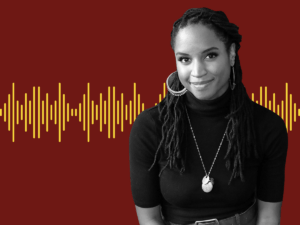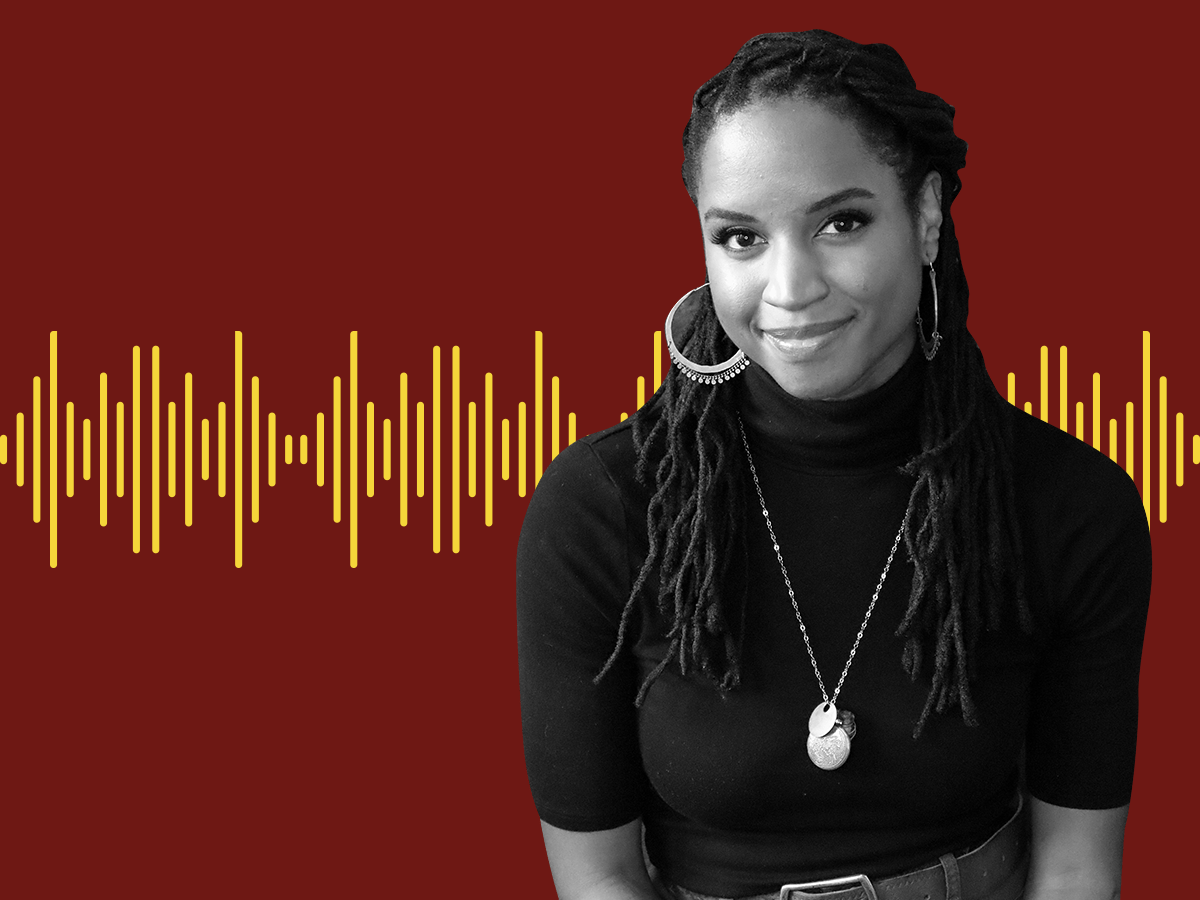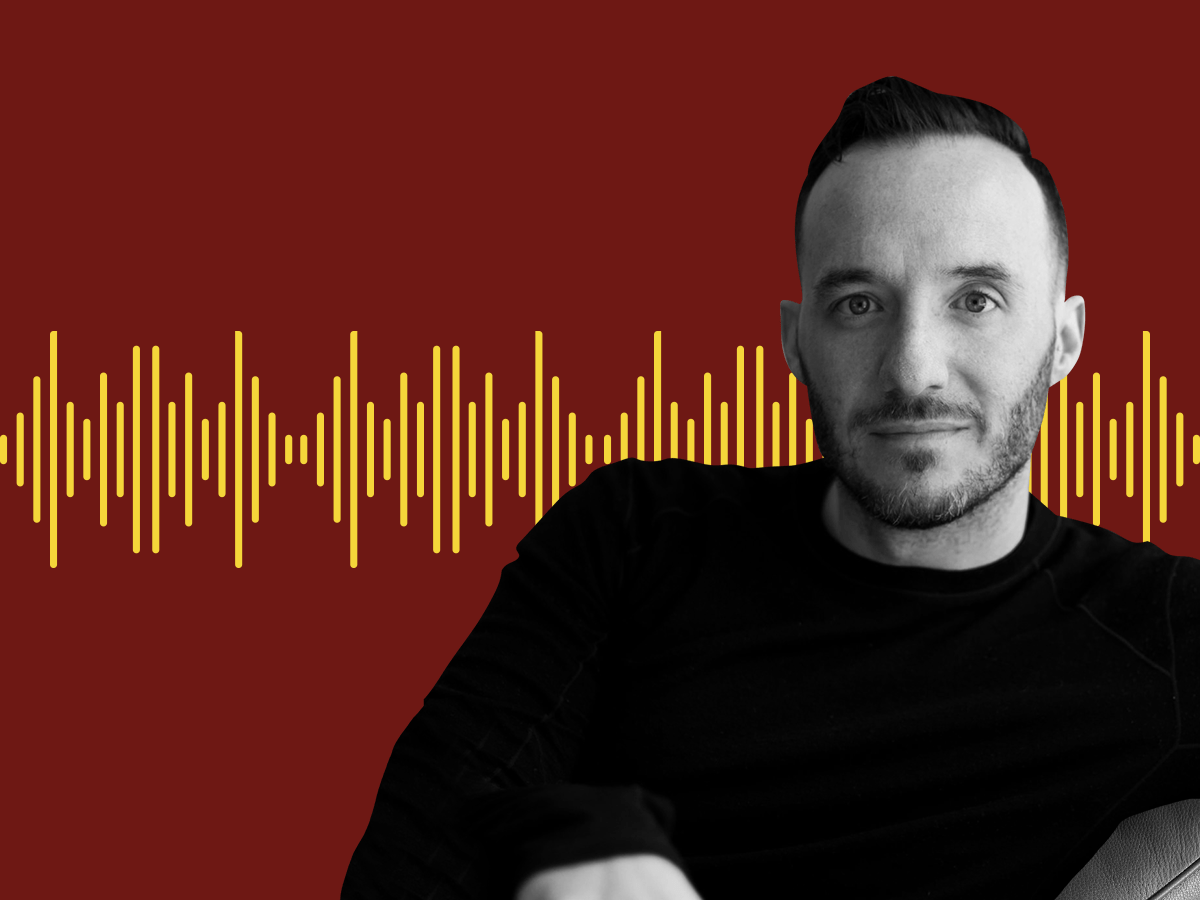
September 16, 2019; New York Times
New York City’s 1.1 million students have been informed they will not be penalized if they chose to stay out of school this Friday, September 20th, in support of international climate strikes. This has helped parents who were going to let their children stay out of school to protest.
The New York City Department of Education website says the rules are these: “Every absence counts. Excused absences are still absences. Schools can excuse absences when a student misses school for religious, medical, or emergency reasons, but the excused absences is a legal part of the student’s record.” But the NYC school system has bent the rules before. Last year, the city’s students were allowed to cut school for gun control, in support of the students from Marjory Stoneman Douglas High School in Parkland, Florida, where 14 students and three members of the staff died in a mass shooting.
It could be argued that the rules are still in force to some degree, since from a certain vantage point, the climate crisis counts as an emergency. According to the UN’s Intergovernmental Panel on Climate Change, released in early August, climate change has already impacted food and markets.
The effectiveness of decision-making and governance is enhanced by the involvement of local stakeholders (particularly those most vulnerable to climate change including indigenous peoples and local communities, women, and the poor and marginalized) in the selection, evaluation, implementation and monitoring of policy instruments for land-based climate change adaptation and mitigation (high confidence).
Students are local stakeholders; it is their futures at risk.
NPQ has reported that 16-year-old student Greta Thunberg, the globally proclaimed leader of the student movement, arrived in New York from Sweden by boat. On Wednesday morning, Thunberg, who began Fridays for the Future by staying out of school to draw attention to climate changes, tweeted:
On my way to Capitol Hill. At 10h we’ll testify at The House Committee on Foreign Affairs. At 12h I will support Our Children’s Trust at the Supreme Court. Then at 17h ET I will address Members of Congress in the Ways & Means Committee Hearing Room. #UniteBehindTheScience pic.twitter.com/YRgbykuvWa
— Greta Thunberg (@GretaThunberg) September 18, 2019
Sign up for our free newsletters
Subscribe to NPQ's newsletters to have our top stories delivered directly to your inbox.
By signing up, you agree to our privacy policy and terms of use, and to receive messages from NPQ and our partners.
Thunberg will be heard in Washington. As for the students in New York and other cities across the country, what will they get out of the day off? Sure, there will be slackers who just use it as an extra day of vacation, but it is also a chance at a global-sized civics lesson. Eight hundred demonstrations are planned across the 50 states; in order to make their position known, they must be heard. In New York, where the United Nations Climate summit, followed by the General Assembly, begins on September 23rd, leaders from around the planet will be able to hear the students’ voices.
Critics have offered some pushback. Climate change deniers have accused Mayor Bill de Blasio of using it for his campaign, and the editorial board of the New York Post asserts this is “out-and-out government sponsorship of a particular point of view.” Even some teachers think this lesson is better taught in the classroom.
However, they are likely to be drowned out by the voices of the young. Galvanized by Thunberg, significant crowds—mostly high school students—have joined her to demonstrate at the UN on Fridays since she arrived. Families and children were there to greet her when she arrived in New York Harbor. The Massachusetts Teachers Association, through a vote by their board of directors, will “encourage participation in the climate strike and comment the young people around the globe who are taking leadership on this critical issue.” A presentation by the Sunrise Movement, a two-year-old organization of young people “scared about what the climate crisis means for the people and places” they love, clinched the deal. News stories of unprecedented heatwaves and droughts, and pictures of Hurricane Dorian’s destruction of communities in the Bahamas, have made their mark.
Xiye Bastida from Morningside Heights, a 17-year-old senior at Beacon High School in Manhattan, says, “This completely changes things, and it’s our doing.” She, along with other youth activists, worked to influence 15 of the City Council members to obtain the authorization from the Education Department.
Will Mantell, a Department spokesperson, says they are sending guidelines and grade-appropriate material to teachers to bolster the lessons in civics, historical student protest, and climate change. Teachers from Beacon intend to accompany their students to protest at the UN; elementary school students must have an adult responsible for them in order to participate.
Activists and organizers know a few rules have to be bent, or broken, to create change. The students are learning that. In New York City, for the first Earth Day in April of 1970, 100,000 people protested for the environment, joining 20 million people across the country who demonstrated and celebrated the earth that day.
“Holy smokes, this thing could get HUGE,” Jamie Henn, a founder of the climate action organization 350.org, said on Twitter after the decision was announced by New York City’s Department of Education. That is the idea—for it to get huge.—Marian Conway












